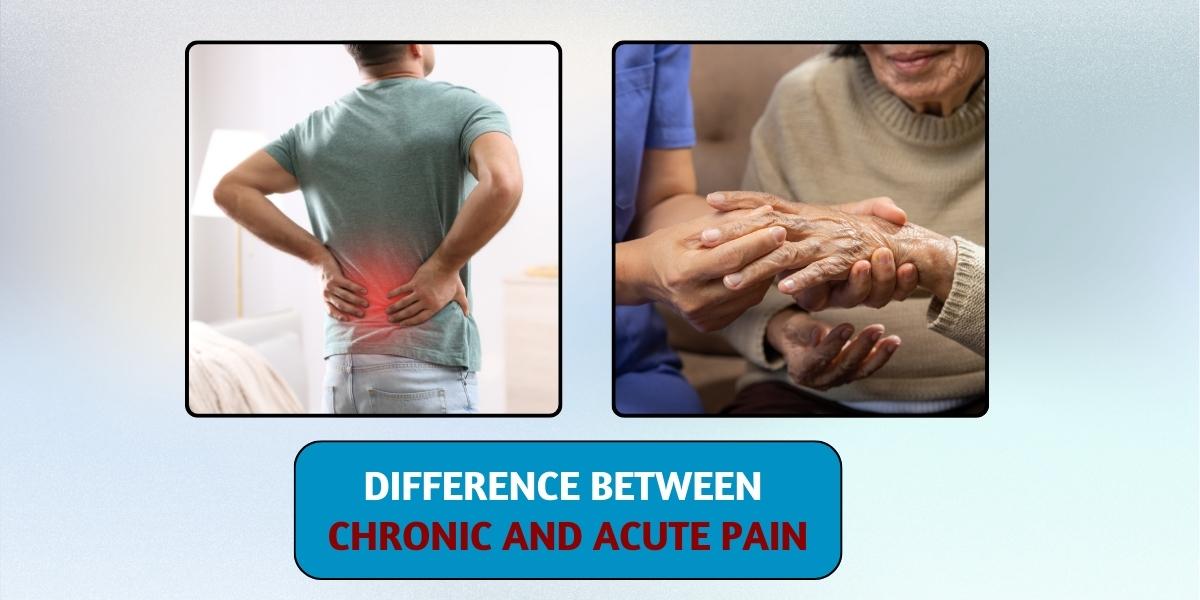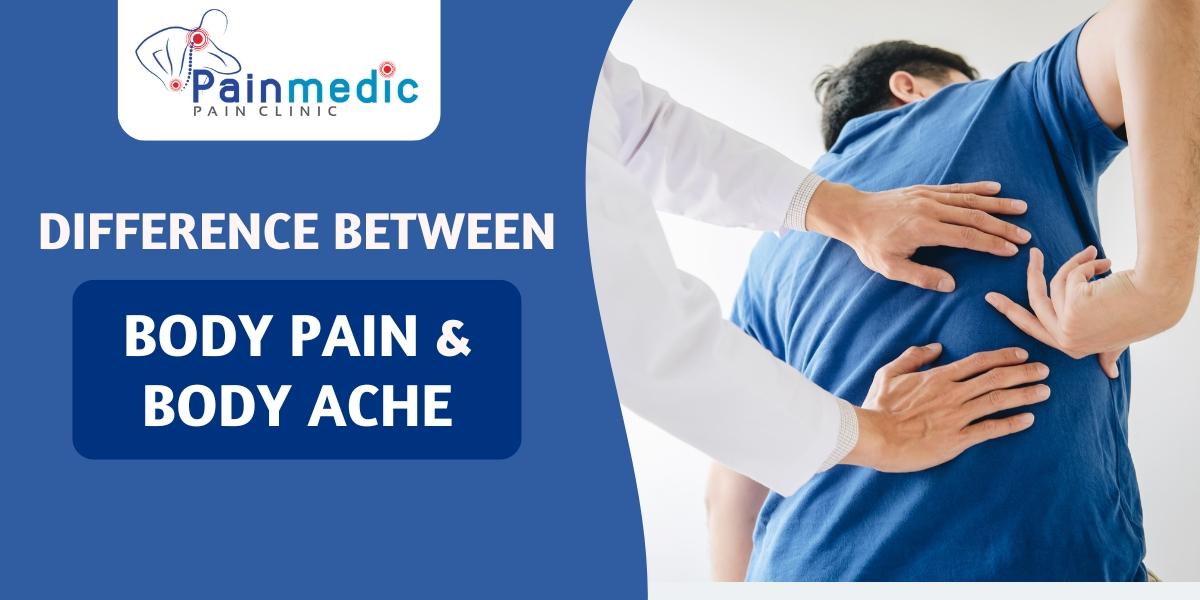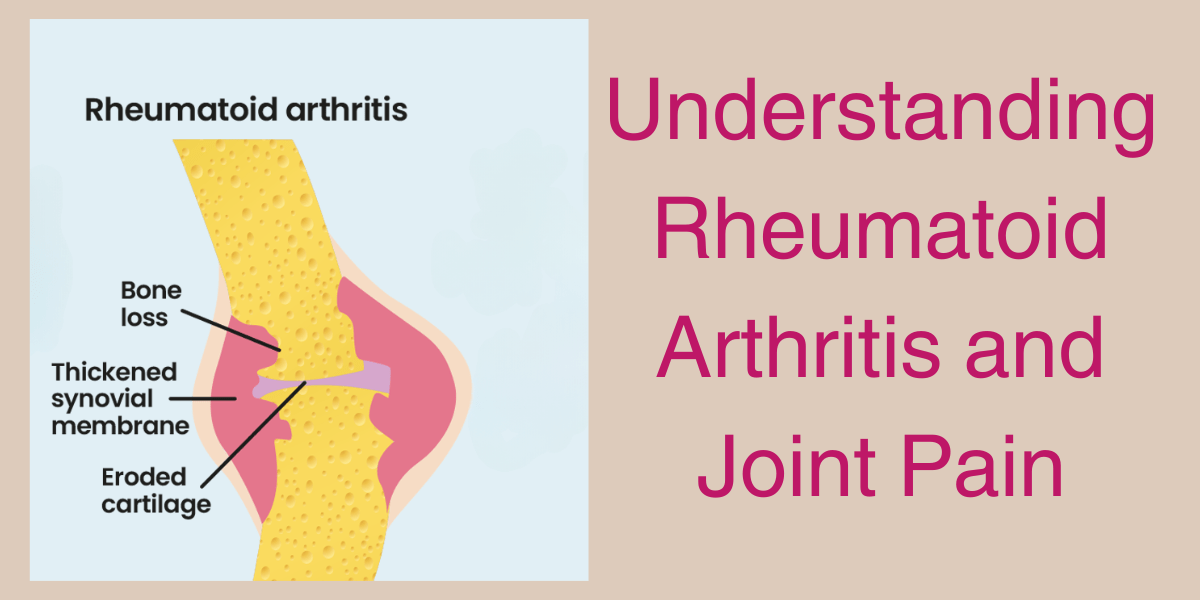
Difference Between Types of Pain: Acute vs. Chronic
Pain is an unavoidable part of the human experience, but it comes in different forms, each with its causes, symptoms, and significance. Understanding the difference between acute and chronic pain is crucial for determining the most effective treatment and improving quality of life.
What Is Acute Pain?
Acute pain refers to sudden, sharp pain. It acts as a warning signal from the body, alerting us to potential damage or injury. Acute pain often has an identifiable cause, such as an injury, surgery, or infection. The duration of acute pain is typically short, ranging from a few seconds to a few weeks, but it rarely lasts more than three months.
Common Causes of Acute Pain
Acute pain is often triggered by specific events or conditions, including:
- Injury: Accidental injuries such as cuts, sprains, or fractures often cause sudden and intense pain.
- Surgical Procedures: Post-operative pain is a common form of acute pain as the body heals from surgical intervention.
- Infections: Pain can accompany infections such as a tooth abscess or urinary tract infection, signaling the body to seek treatment.
- Inflammation: Conditions like appendicitis or tendonitis cause acute pain as a result of inflammation in the affected area.
Characteristics of Acute Pain
- Onset: Acute pain develops quickly, often immediately following an injury or event.
- Duration: It usually lasts for a short period and subsides as the underlying issue is treated or heals.
- Severity: The intensity of acute pain can range from mild to severe, depending on the cause.
- Purpose: Acute pain serves a protective role, indicating that something is wrong and needs attention.
What Is Chronic Pain?
Chronic pain, on the other hand, persists for a prolonged period, typically lasting longer than three months. Unlike acute pain, which is often linked to a specific injury or illness, chronic pain can continue even after the underlying cause has been treated or healed. In some cases, chronic pain occurs without any apparent cause, making it more difficult to manage.
Common Causes of Chronic Pain
Chronic pain can stem from a variety of factors, including:
- Long-Term Illness: Conditions like arthritis, fibromyalgia, and cancer can result in ongoing pain.
- Nerve Damage: Injury or illness can cause damage to the nerves, leading to persistent pain (neuropathic pain).
- Unresolved Acute Pain: Sometimes acute pain that isn’t properly treated or addressed can transition into chronic pain.
- Idiopathic Pain: In some cases, chronic pain has no clear cause, which can make diagnosis and treatment challenging.
Characteristics of Chronic Pain
- Onset: Chronic pain often develops gradually and may not be directly linked to a specific injury or event.
- Duration: Chronic pain persists for months or even years, affecting daily life and overall well-being.
- Severity: The intensity of chronic pain can vary, and it may be continuous or come in waves.
- Impact: Chronic pain often has a significant emotional and psychological toll, leading to conditions such as anxiety and depression.
Key Differences Between Acute and Chronic Pain
Duration
The most obvious difference between acute and chronic pain is the duration. Acute pain is temporary, typically lasting a few days to weeks, while chronic pain lasts for an extended period, often longer than three months. Chronic pain can persist indefinitely, even after the original injury or illness has resolved.
Cause
Acute pain is usually tied to a specific cause, such as an injury, surgery, or infection, and tends to subside as the body heals. Chronic pain, however, may not always have an easily identifiable cause, and it can persist long after the initial injury has healed. In some cases, it may have no known origin.
Function
Acute pain serves as a warning signal, alerting the body to potential harm and prompting action to prevent further injury. Chronic pain, on the other hand, serves no protective function. Instead, it becomes a condition in itself, often requiring long-term management.
Psychological Effects
While acute pain can cause temporary distress, chronic pain often leads to more severe emotional and psychological consequences. Living with chronic pain can lead to conditions such as depression, anxiety, and insomnia, significantly impacting the individual’s quality of life.
Treatment for Acute vs. Chronic Pain
Treating Acute Pain
The treatment of acute pain focuses on addressing the underlying cause and providing relief as the body heals. Common treatments include:
- Medications: Over-the-counter pain relievers such as ibuprofen or acetaminophen are often sufficient for managing acute pain. In some cases, prescription medications such as opioids may be required.
- Rest and Rehabilitation: Resting the injured area and engaging in physical therapy can help the body recover more quickly.
- Surgical Intervention: If acute pain is the result of an injury or condition that requires surgery, medical procedures may be necessary to repair the damage.
Treating Chronic Pain
Chronic pain management often requires a more complex and long-term approach. Treatments may include:
- Medications: While over-the-counter pain relievers may help, chronic pain often requires prescription medications such as antidepressants, anticonvulsants, or opioids (under strict supervision).
- Physical Therapy: Regular physical therapy can help manage pain by improving strength, flexibility, and range of motion.
- Alternative Therapies: Techniques such as acupuncture, massage, and chiropractic care can provide relief for some individuals.
- Behavioral Therapy: Because chronic pain can have psychological effects, therapy such as cognitive-behavioral therapy (CBT) can be an essential part of pain management.
- Surgical Options: In certain cases, surgery may be required to address the root cause of chronic pain, especially if it’s related to nerve damage or other structural issues.
The Psychological Impact of Pain
Both acute and chronic pain can have psychological effects, but chronic pain is more likely to lead to emotional distress due to its persistent nature. Chronic pain sufferers often experience feelings of hopelessness, frustration, and anger as they struggle to find relief. The ongoing nature of chronic pain can also lead to isolation, as individuals withdraw from activities and social interactions they once enjoyed.
Pain management professionals often recommend a multidisciplinary approach for treating chronic pain, combining physical, emotional, and social aspects to improve the patient’s overall quality of life.
Visit Painmedic Clinic for the best non-surgical treatments
Understanding the distinction between acute and chronic pain is vital for effective diagnosis and treatment. While acute pain serves as a protective mechanism and typically resolves as the body heals, chronic pain becomes a condition in itself, requiring ongoing management. By recognizing the differences, healthcare providers can better address the unique needs of individuals suffering from each type of pain, ultimately improving their well-being. Get the best non-surgical pain treatment in Pune at Painmedic Clinic. To Book An Appointment contact us at this number +91 8686313147





